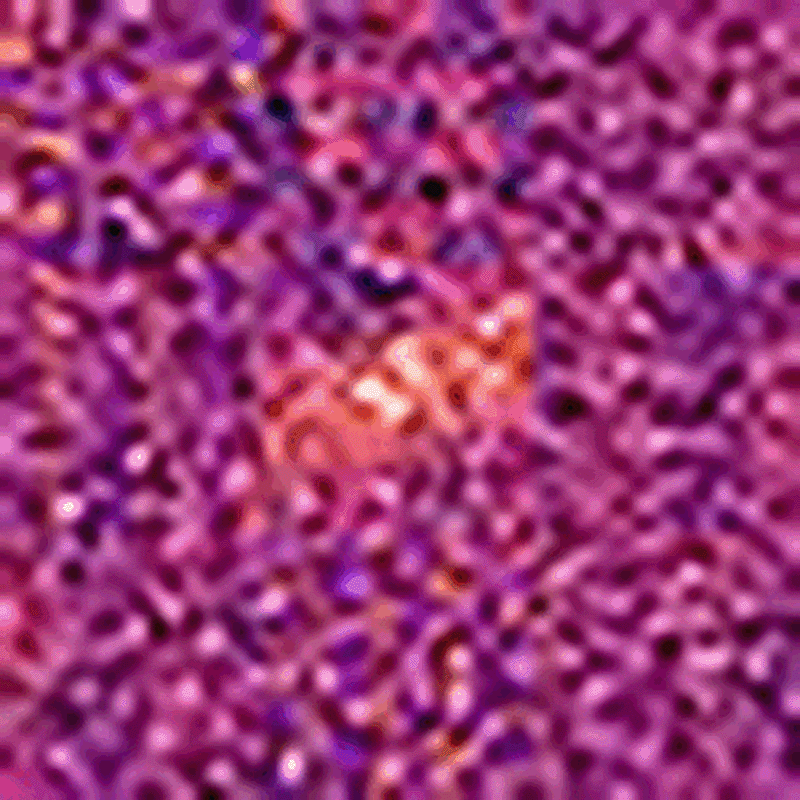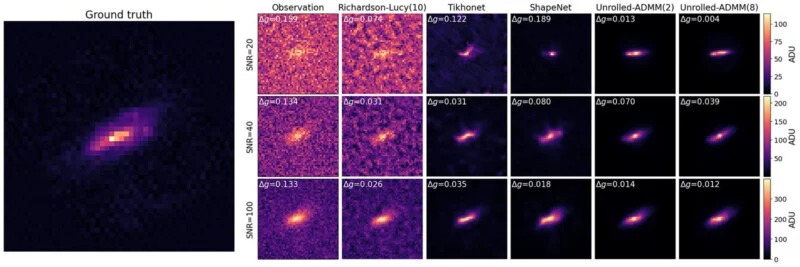The Earth’s atmosphere is vital for humanity’s existence on Earth. At the same time, it is a serious obstacle for astronomers trying to learn more about the Universe. One way to avoid the obstacle is to launch space observatories like Hubble or James Webb. But these are quite expensive tools and the queue for their use for scientific purposes needs to wait for years. Therefore, researchers at Northwestern University in Chicago and Tsinghua University in Beijing have unveiled a cheaper and more convenient approach based on artificial intelligence, which is used to improve images taken by ground-based telescopes.

Ground-based telescopes are easier to build, more affordable, and much easier to fix when problems arise. To eliminate the blurring caused by the atmosphere, ground-based telescopes are often built in arid climates and high altitudes.But they are still in the atmosphere, so blurry images are a constant problem of astronomy.
“Even clear night skies still contain moving air that affects light passing through it. That’s why stars twinkle and why the best ground-based telescopes are located at high altitudes where the atmosphere is thinnest,” explain astronomers at Northwestern University in Chicago.
In recent years, scientists have already started using numerous software-based image processing approaches to make them clearer and more useful. However, the new artificial intelligence algorithm promises better and faster results. The algorithm was specially adapted to process astronomical images taken by ground-based telescopes, and AI technology was used for this purpose for the first time.


The optimization algorithm was created based on a deep learning network. It creates an image 38.6% better than classical blur removal methods. This may seem like a small difference, but this is a giant step forward for astronomy. Relatively small improvements in accuracy and efficiency can have significant, far-reaching benefits for advanced astronomy.
The team trained artificial intelligence based on data modeled according to the Vera C. Rubin Observatory, which will host the world’s largest digital camera when it opens next year in Chile. The new algorithm will become compatible as soon as the telescope is ready for operation.
Earlier we reported on how artificial intelligence would search for life on Mars.
According to PetaPixel
Follow us on Twitter to get the most interesting space news in time
https://twitter.com/ust_magazine

